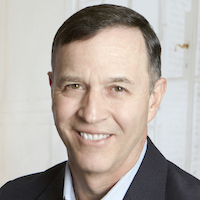We’re only human. Most of the time, that is a good thing. But humans seem to accept more risk over time when nothing bad has happened. We lose our vigilance. We take more chances. A close call might only be remembered as an unusually rare anomaly instead of a call to action.
I was on a flight from PHL to PHX recently. The flight had taken off late for a number of reasons. The pilot tried to keep passengers informed about the estimated arrival time because many folks had tight connecting flights. I got the sense that the pilot was very intent to arrive as soon as possible. As we finally approached the landing strip, our wheels no sooner touched the ground when the engines revved up and we were heading back up into the sky. As the pilot later revealed, there was a large plane crossing our runway. Had we continued to land, there could have been a collision. Thank goodness the pilot’s attention to detail and following the process were not overruled by complacency of having landed a plane many times before and the distraction to get passengers to their connecting flights.
We might draw a parallel to the process industry. There may be many safeguards in place to keep the work site safe, but there is often still a reliance on operator reaction to an alarm where distraction or complacency can lead to trouble. Keep the human intervention as simple and non-tedious as possible. It is not always possible to automate all parts of an operation. Sometimes we need a person to hit the emergency button to avoid catastrophe.
We’re creatures of habit; we take risks and begin to think that risk goes down because we’ve done something over and over again without mishap. Don’t get complacent when it comes to safety!
Tagged as: John Yozallinas

